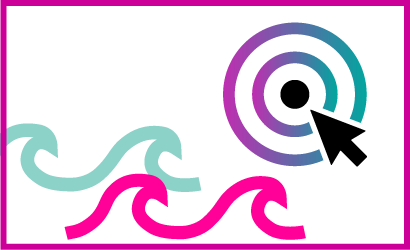

Social movements may result in desired goals and outcomes being met partially or fully as a result of taking action. In this section, you will learn more about some examples of goals and outcomes of social movements by change teams, and the factors that may lead to their achievement.
What is the outcome ‘Goals and outcomes are met’?
The goals and outcomes of a social movement can be partially or fully met and occur at the micro (individual), meso (organizational) and/or macro (system) levels. For example, goals and outcomes can pertain to a change in practice, behaviour, or attitudes, or the integration of a new intervention, program, or policy at an organizational or health system level.
Additional examples of achieved goals and outcomes include:
- integration of evidence-informed practices;
- reform of social service models;
- improved person/patient safety;
- expanded knowledge of health disciplines; and
- adoption of change initiatives and promotion of legislation in health policies.
SOURCES: Bate et al., 2004b; Carson-Stevens et al., 2013; De Pedro et al., 2017; Elsey, 1998; Wynn et al., 2011.

Accelerate Your Success: The Knowledge-to-Action Framework’s ‘Evaluate outcomes’ action cycle phase includes a discussion of types of measures such as indicators to determine if goals have been partially or fully achieved. This can be helpful for change agents to determine if additional actions are needed to fully reach goals and achieve the vision of the social movement.
